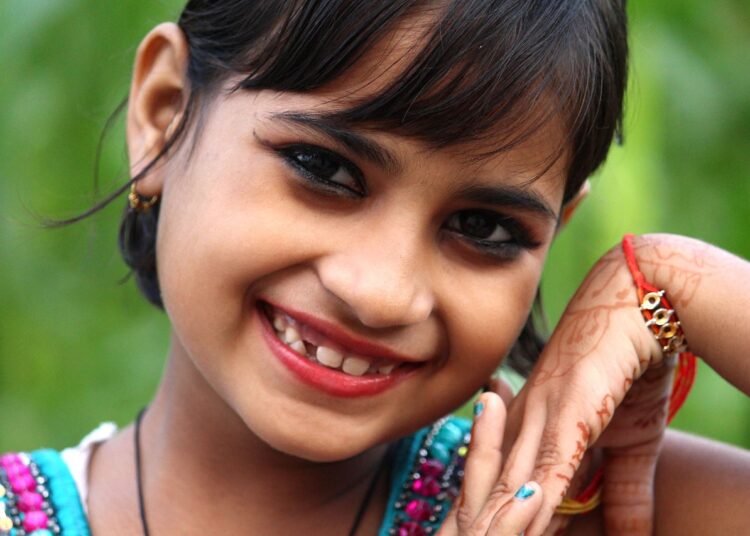The increasingly widespread practice of sex-selective abortion has resulted in a gender imbalance that is starting to raise serious concerns. For example, in New Delhi in 2018, for every 1000 male births, only 844 females were born. In fact, over the last decade, the gap between males and females has grown by 60%. And the fact that the preferential suppression of unborn girls is more widespread among the well-off than among the poor makes us think: is it true that the Indian economic boom has gone hand in hand with the oppression of women?
The Lancet recently published a diachronic demographic study covering a period of 35 years, from 1981 to 2016. Given that the phenomenon of the number of missing girls, i.e. fewer girls born than boys, is increasing all over the world (the gap, almost non-existent at the end of the 1970s, has in fact risen to an average of 1.6 million in the five-year period of 2005–2010), the gap has widened from 3.5 million in 1987–1996 to 5.5 million in 2007–2016.
According to The Lancet, the most credible cause of the phenomenon lies in the increasing prevalence of prenatal screening which, in many cases, is followed by abortion. And this despite the fact that the prenatal selection of fetuses based on sex has been termed “harmful” by the UN General Assembly in 2019. Moreover, the number of cases of fetal femicide in India is in sharp contrast with indicators of female infant mortality over the past two decades, which has been improving.
Merciless data also comes from the Global Gender Gap Index, edited by the World Economic Forum, which has ranked India 17th starting from the bottom of the list, with Afghanistan occupying the bottom position. It is estimated that there are over 46 million fewer women than men in India. Discrimination against unborn children is also evident among adult women. The phenomenon is dramatically increasing: the percentage of women ministers has dropped from 23% to 9% in one year and women’s participation in the workforce has fallen to 21% in 10 years, surpassing even Saudi Arabia.
When it comes to early marriages, data provided by the National Family Health Survey 2019–2020 notes a marginal increase compared to 2015–2016, when a similar survey was conducted. In addition, fewer than one in three Indian women have a source of income and more than a quarter of married women report domestic violence. “Every day we are reminded in no uncertain terms that India is not a country for women, inside or outside the home,” Swati Narayan wrote in The Indian Express.
But the cruelest scourge is still sex-selective abortion: “One of the worst forms of violence and discrimination against women and girls,” says Anushree Bernard, a spokesperson for ADF India’s Vanishing Girls campaign. “The growing gender imbalance among children in India shows that as a country, we have failed to protect women.”
These “numbers are not only alarming, but also serve as a reminder of the need to act now to end this violence,” the activist continues, adding that “India’s future is tied to the lives of women and girls.”
To help curb the phenomenon, the Vanishing Girls campaign aims to “eradicate sex-selection and save the lives of thousands of girls who are aborted every day,” while also training lawyers who are able to offer legal protection to women who resist forced abortion. Furthermore, an ADF delegation in April urged the United Nations and the international community to formally recognize sex-selection practices as acts of femicide, and called for data on sex-selective practices to be collected and made public.




















Discussion about this post